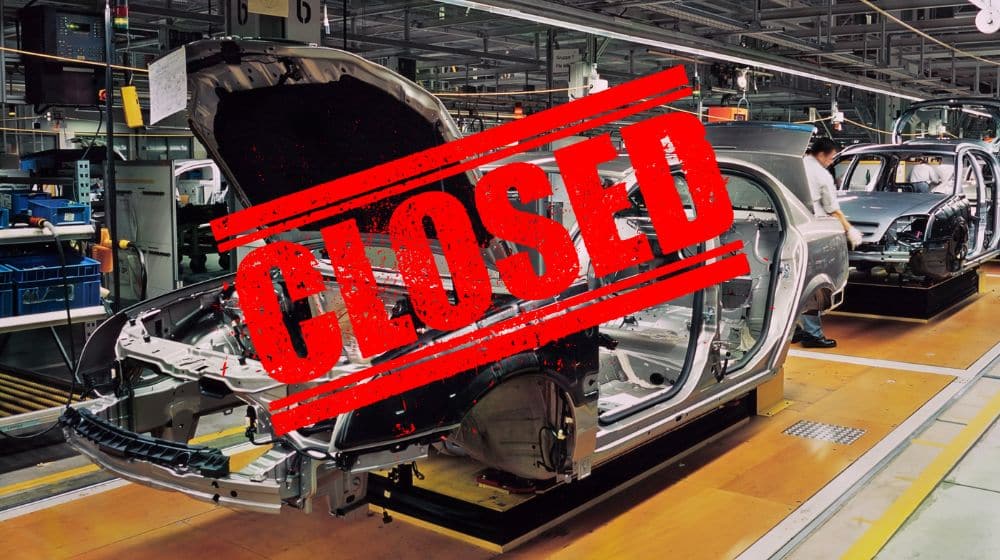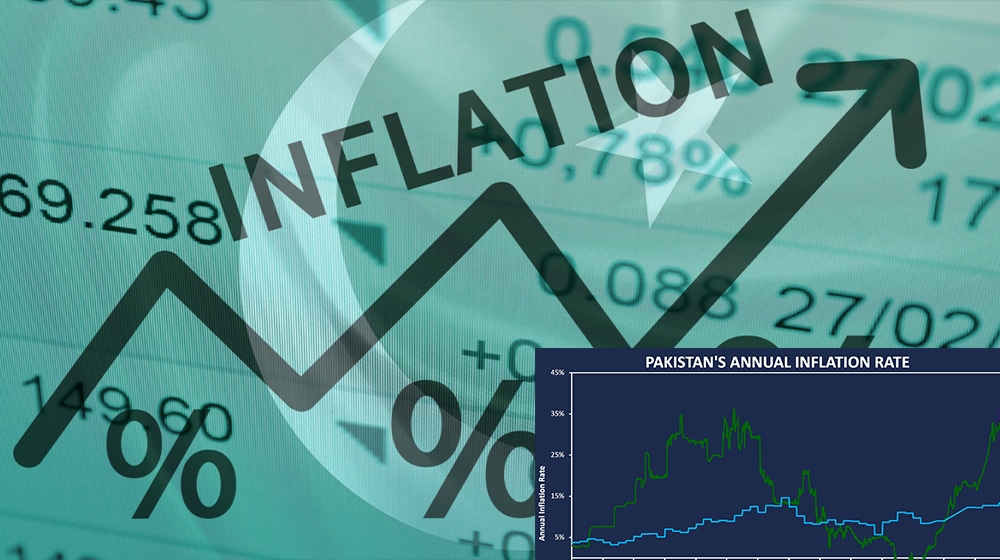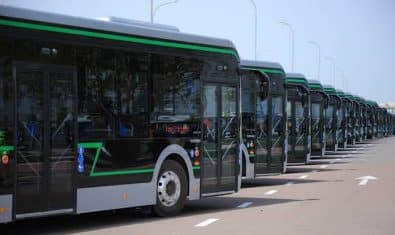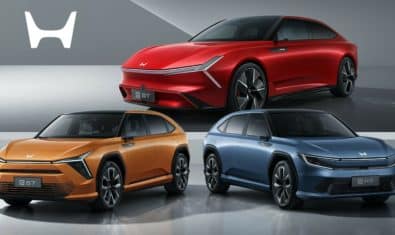By: Aqib Pervaiz
As we reach mid-2023, Pakistan’s currency depreciation is out of control impacting the automotive industry and its skyrocketing new car prices.
Owning a new car has become a distant dream, while even purchasing a used one requires substantial savings. Let’s dive into the current state of affairs, and what lies ahead for Pakistan’s automotive industry plus some facts about the current scenario.
What’s Going On With The Prices?
Over the past two years, Pakistan has experienced consistent price increases in the automotive sector. The rising prices of cars and motorcycles are often attributed to the fluctuating value of the US Dollar, affecting production costs, utilities, labor rates, raw materials, etc.
However, what if these commonly cited reasons are not actually the root cause of the ongoing price hikes?
Lack of Localization vs Price Increase
Despite the government’s efforts to promote localization as the future of the automotive industry, manufacturers are neglecting to produce parts locally and instead rely heavily on imports.
Pakistan Association of Parts and Accessories Manufacturers (PAAPAM) hired a financial consultancy firm to look into the rapid price hikes, and the following information is based on their revelations. From engines to assemblies, approximately 70-80% of parts are imported.
The so-called “localizations” primarily involve cosmetic parts designed solely for Pakistani variants that are no longer in production globally. Even the 41-year-old Bolan (Dabba) has only 50% localized parts.
Localization plays a vital role for car manufacturers as it prevents them from constantly raising vehicle prices whenever the value of the Pakistani rupee depreciates against the US dollar.
Inflation vs Price Increase
If the companies are genuinely prioritizing localization, as they claim to be, there should be a tangible impact on vehicle prices during exchange rate fluctuations.
While it is true that raw materials and manufacturing costs may experience price increases, the subsequent jumps in prices should not be as steep as those witnessed during the period of 2022-23.
For instance, from January 2023 to May 2023, Indus Motors Toyota raised prices more than five times. These significant and frequent price hikes raise doubts about the extent of localization efforts and their actual influence on stabilizing vehicle prices.
Solid proof and transparency are necessary to validate the claims made by manufacturers regarding their localization initiatives.
Raw Material vs Price Increase
If we do a little study of what goes into manufacturing a car, we will notice that they are not manufactured from super rare earth elements but steel, plastic, electric components, and rubber.
All the cars around the world are manufactured with these materials plus “Research & Development (R&D)” which is what companies charge the most for because this is what separates one company from another (e.g., Honda and Toyota).
But in Pakistan, we get decade(s) old models, so it’s just raw materials and an old manufacturing process. Sure, with the recent dollar hikes prices for everything have gone up but not as much as the skyrocketing car prices far exceed the change in raw material prices.
Ban on Imports and Letters of Credit vs Price Increase
Despite the government of Pakistan’s attempts to encourage new entrants into the country’s automotive industry by reducing import duties on CKD (Completely Knocked Down) and SKD (Semi-Knocked Down) kits for the initial five years, a recent ban on opening Letters of Credit (LCs) has had a detrimental effect.
This ban has disrupted both the manufacturing and import of auto parts, putting cars/car parts in the “Non-Essential Items Category”, leading to a temporary closure of the automotive industry and resulting in the unfortunate loss of millions of jobs.
This situation is having an adverse impact on both the industry and the overall economy.
Who is Benefitting From Price Increase?
When the Covid-19 pandemic swept across the globe, the automotive industry experienced a surge. Initially, companies blamed their price increases on the chip shortage, although this issue was resolved within a year.
However, the companies continued to raise prices, using the chip shortage as a convenient excuse. They had finally got a miracle in the shape of Covid-19 to increase car prices, which was impossible earlier due to tough competition.
In Pakistan, it’s the same situation, replacing the term chip shortage with increased dollar price. In January 2022, the Dollar stood at Rs. 176, while in January 2023, it reached Rs. 227, representing a 29% increase.
However, the automotive prices tell a different story altogether. Even if we assume that only 50% of the manufacturing process was localized (Automotive industry claims), the prices should not have risen by more than 20%.
Alternatively, let’s consider a scenario where cars are imported as CBUs (Complete Built Units); even after factoring in taxation, the prices should have remained within the range of 30-35%.
These comparisons highlight the disproportionate impact on automotive prices in Pakistan, raising questions about the validity of the reasons provided for the continuous price hikes.
The following comparison shows a clear picture of PKR devaluation against the dollar in just one year (January 2022 to January 2023) and the percentage of price increase from 3 major automotive companies.
The following graphs show how drastically prices of new cars have risen in just a span of one year from May 2022 to May 2023:
The Way Forward
The automotive industry is currently burdened by heavy taxes, import duties, registration fees, currency fluctuations, unjustified price hikes, and production shutdowns.
To rescue this sinking ship, complete localization is the way to go. By strengthening our production industry and enabling manufacturers to produce cars at a lower cost, we can control excessive price increases.
It is essential to establish an organization to monitor and regulate price hikes by companies, ensuring transparency and fairness.
For instance, the 42-year-old Atlas Honda CD70, with 95% localization (Pakistan is the sole manufacturer of CD70 after 1991), has seen 13 price hikes from January 2022 to January 2023 and the nightmare for Honda CD 70 buyers still continues later on this year.
Pakistan should draw inspiration from China’s business model and focus on manufacturing affordable vehicles for the international market. By exporting left-hand and right-hand vehicles to other countries, we can boost our exports and revenue.
The proposed plan in AIDEP 2021-2026 emphasizes this approach, but its implementation has been limited, as only Changan’s top variant SUV, Oshan X7 was exported from Pakistan.
To address the challenges faced by genuine manufacturers amidst inflation, currency devaluation, and high markup rates, the government should urgently open all import Letters of Credit (LCs) to sustain operations.
Additionally, the government should reduce excessive taxes and provide relief to manufacturers and buyers, as Pakistan remains one of the most expensive countries to purchase and maintain a vehicle.
These measures will not only revive the manufacturing and sales sectors but may also lead to increased revenue through the recovery of manufacturing, sales, and potentially vehicle exports by the industry.
Author Bio: An IT expert, a car enthusiast, and a keen observer of the developments within the automotive industry.




































Simple sii baat hai, log iss laluch mei gari lete hain ke aagey bhi mehungi honi hai phr baich dein ge.
Ek saal pehle hii log boycott kr dete tou yahan tk naubat hii nai aati.
woh loog boycott kr bhi dy toh koi farq nhe pryga .. zyada biknay wali car abhi bhi Revo hai Rocco hai .. khud dekhlo kon khareed raha yeh mehngi hony k baad bhi
Economical position of Pakistan is 🇮🇳
Great write-up. I agree bolan dabba is there decades still has 50% local manufacturering while price is now touching 2 million. No safety equipment or anything shows car manufacturers hypocrisy specially Suzuki who did same for mehran. They need to clean their room before blaming anyone else
Great article